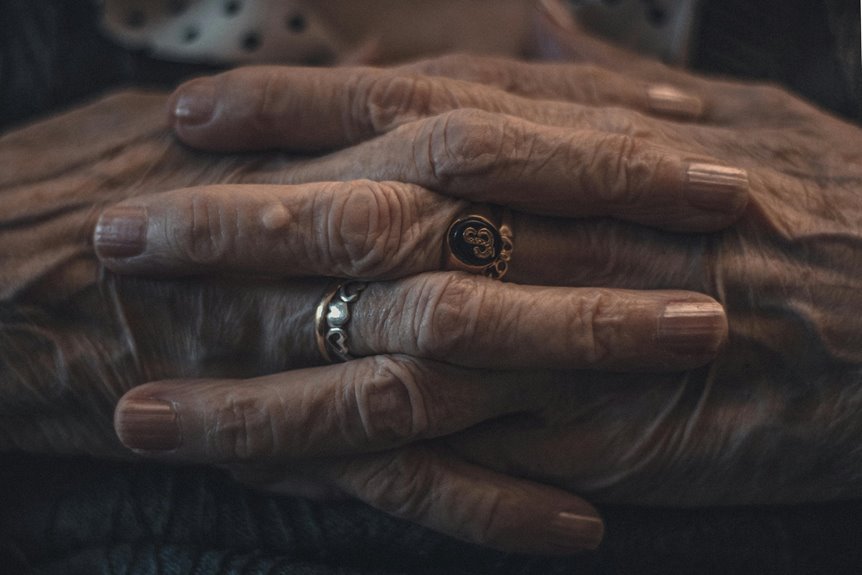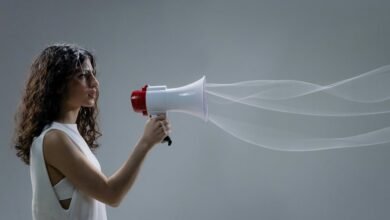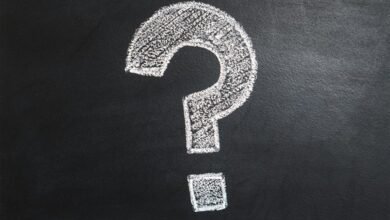
The number 800-430-7521 serves as a curious case study in modern communication. Its origins are steeped in marketing strategy, yet urban legends have woven a narrative filled with intrigue and speculation. This blend of fact and fiction reflects broader societal concerns about privacy and control. As its influence permeates popular culture, one must consider how this number has shaped perceptions of connection and identity in today's world. What lies beneath its surface?
The Origins of 800-430-7521
The origins of the phone number 800-430-7521 reveal a fascinating intersection of marketing strategy and consumer behavior.
Origin details indicate its emergence during a period when toll-free numbers gained popularity, serving as a tool for businesses to enhance accessibility.
Its historical significance lies in shaping customer service norms, ultimately empowering consumers and fostering a sense of freedom in communication.
Theories and Speculations
Emerging from the historical context of 800-430-7521, various theories and speculations have arisen regarding its intended purpose and impact on consumer engagement.
Conspiracy theories suggest it may serve as a tool for manipulation, while urban legends proliferate surrounding its mysterious origins.
Analysts explore these narratives, questioning whether the number embodies a genuine service or reflects deeper societal anxieties about surveillance and control.
Real-Life Encounters
While many individuals have dismissed 800-430-7521 as just another toll-free number, numerous real-life encounters reveal a more complex narrative.
These mysterious calls have prompted personal experiences characterized by bewilderment and curiosity. Individuals report varying emotions, from intrigue to unease, suggesting that the number embodies more than mere coincidence.
Such accounts challenge the perception of routine communication, inviting deeper exploration into their origins.
The Impact of 800-430-7521 on Popular Culture
Intriguingly, the phenomenon surrounding 800-430-7521 has permeated various facets of popular culture, influencing art, media, and social discourse.
Its cultural references manifest in television shows and films, often highlighting its mysterious allure.
Media portrayal, characterized by both curiosity and skepticism, invites audiences to explore the implications of such a number, fostering discussions on identity, connection, and the digital landscape of contemporary society.
Conclusion
In conclusion, the saga of 800-430-7521 serves as a microcosm of our times—where innovation meets paranoia, and marketing meets mythology. As consumers dial into this enigmatic number, one must wonder: are they seeking connection or merely feeding the ever-hungry beast of corporate surveillance? In a world where every call echoes with the weight of speculation, the line between customer service and existential dread blurs, leaving us all to ponder if the true connection lies in the call or the chaos that follows.




